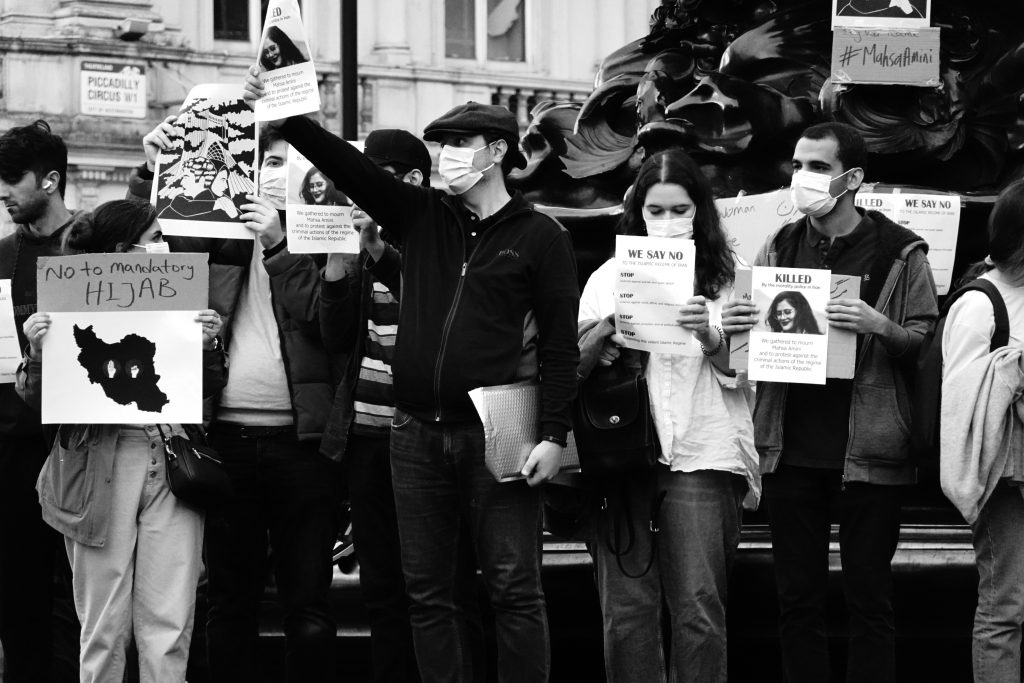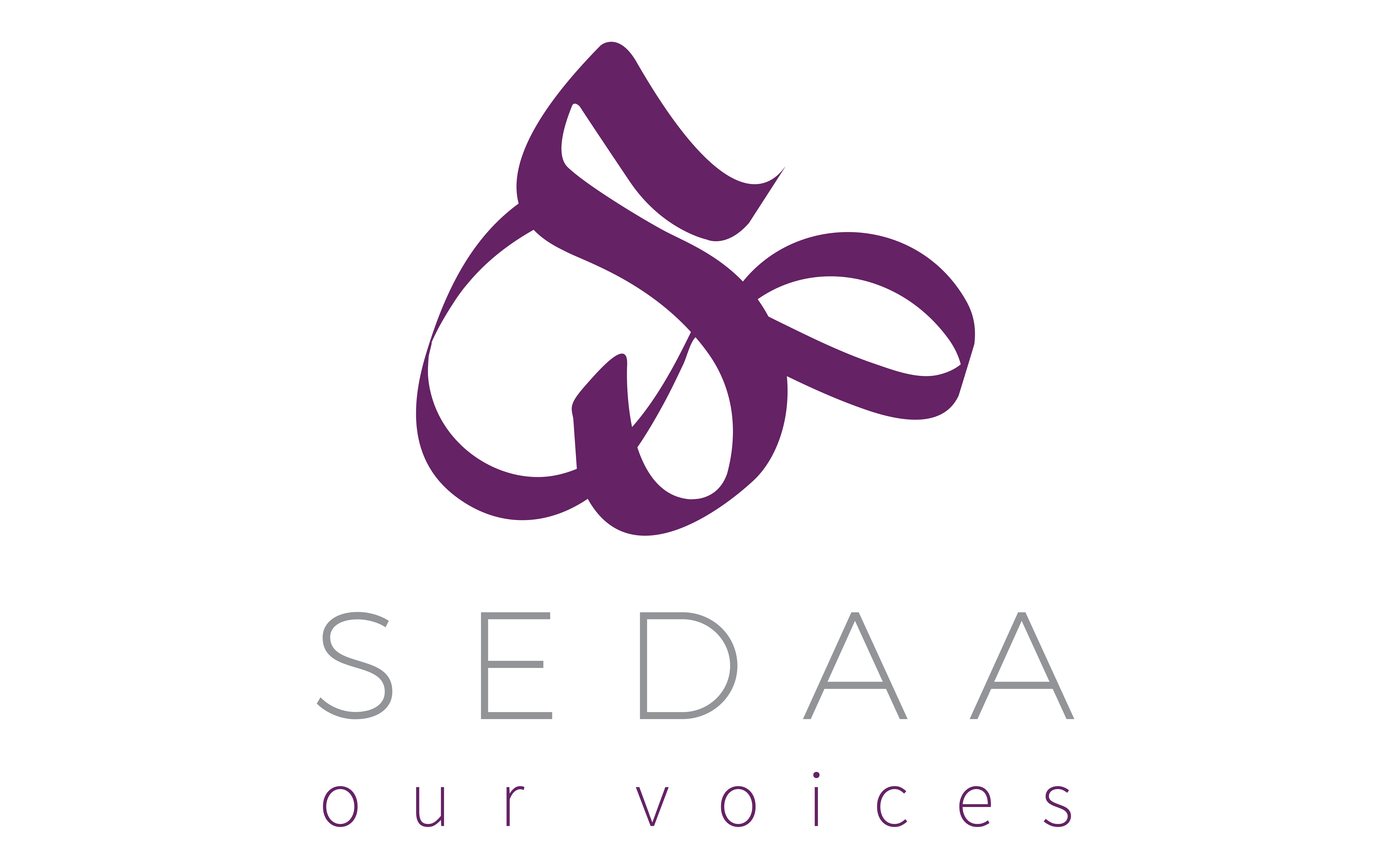By Khadija Khan
When 22-year-old Mahsa Amini was visiting family in Tehran on September 13, she had no idea that she would fall foul of Iran’s notorious “morality police”.
She was with her brother Kiarash when she was arrested by the regime’s ‘Guidance Patrol’ and transferred to the ‘Moral Security’ agency, for wearing “inappropriate” hijab.
Mahsa’s brother was told she would be taken to a detention centre to undergo a “briefing class” and released shortly afterwards. But she never made it. She instead arrived at Kasra Hospital, where she died on Friday, after being in a coma for three days.
What actually happened between her arrest and her subsequent death is disputed. Officials claim Mahsa collapsed from a heart condition, but witnesses have claimed she was tortured by police officers. Her family saw bruises on her corpse.
The young student’s death sparked unprecedented protests against the authoritarian regime, starting in her native Kurdistan province but soon spreading nationwide.
There is fury and rage over Mahsa’s unjust killing. Brave women have defiantly taken to the streets, tossing off and torching their hijabs in protest.
Security forces have been deployed to use metal pellets, tear gas, water cannons, and beatings with batons to disperse these peaceful protesters.
Access to social media has been limited or disconnected to cease the flow of information, and to suppress the voice of the Iranian people.
But their efforts are futile. While authorities have tried to “calm” the situation, by issuing half-hearted apologies, regrets and excuses (the head of the morality police has been suspended), it’s a case of too little, too late.
Mahsa’s death has become a symbol of resistance against religious tyranny, and may prove to be the last straw.
The wearing of the hijab has long been a defining image of the theocratic state, which made it compulsory for women to cover their hair and body after the 1979 Islamic revolution.
Since then, any woman found to be flouting this ridiculous law could be imprisoned. It also gave licence for clerics, older men, and everyday busybodies to harass women in the street for being “disrespectful” or “disobedient”.
We know about these events, thanks to the courageous dissidents who have been bringing them all to our attention.
Among them is Maryam Namazie, a British-Iranian secularist and human rights activists who has been relentlessly campaigning against religious misogyny. She has warned the world time and time again about the danger of turning a blind eye to the growing influence of Islamism. She has called for international solidarity and a commitment to “raise the voices of the brave women and men in Iran”.
Amnesty International has condemned the tragic death of Mahsa Amini and demanded that “world leaders must support calls for an independent international investigative and accountability mechanism to address the crisis of impunity in Iran”. UN human rights is also demanding an independent investigation into Mahsa’s death.
Just how the mullahs will respond to all this remains to be seen. However, I am sceptical that they will cede their positions on hijab and morality any time soon.
Take, for example, the interview that was scheduled between Iran’s president Ebrahim Raisi and CNN’s Christiane Amanpour. The veteran journalist was told she must wear a hijab during Raisi’s interview, his first on US soil, as “a matter of respect,” for the president and “the situation in Iran”.
But Amanpour showed backbone, didn’t compromise and walked away with her head high. Not only did she refuse to wear hijab, she also refused to bow down to the Islamist demands. A great gesture of solidarity with Iranian women!

Pic Credit: Garry Knight/Flickr
However, the same can’t be said of others. Hijab apologists couldn’t conceal their disdain for women spurning the veil as a symbol of modesty.
Former radicalised Muslim Ed Husain, author and a professor at Georgetown University, tweeted: “You can oppose the regime in Iran and support the hijab for women who choose to wear it. Don’t let the regime become the defender of the hijab. Burning a hijab is as silly as a government imposing it by force.”
No Ed, imposing hijab is not “silly”, it is oppressive and harmful. Burning the symbol of this regime is a legitimate response from Iranian women.
Husain didn’t stop there. In response to criticism, he tweeted: “Then prepare to lose again, forces of Iranian secularism, as you lost in 1979 and subsequently. The clerics will use power of religious symbolism to win as your side remains inspired by bra burning French intellectuals”.
It seems like Husain is oblivious to the fact that when Iranian women refuse to wear hijab, they are not inspired by “bra-burning French intellectuals”. They just want to be free from the scourge of modesty culture that the veil symbolises.
Adding to this list of apologists was the British MP Zarah Sultana. Expressing solidarity with Iranian women she said that demonstration in Iran were “akin to protests in India and France before that.”
People demonstrating this nonchalant attitude fail to understand that these women protesting in the streets of Iran are not fighting for freedom to imitate the lifestyle of Western women (though even if they are, so what?). They are demanding their basic human rights.
The everyday experience of being bullied, intimidated, harassed, and tortured for not complying with hijab rules can’t be compared with anything in the west – even in France, where girls can’t wear headscarves in schools, and the face veil is banned. The apologists have been out in full force, drawing an equivalence between the two.
Nonetheless, the fact remains that prevalent religious misogyny is an affront to women’s dignity. The mindset that insists on complete subjugation of women in the name of religious modesty is divorced from morality and should never be normalised.
With this latest uprising in Iran, it is clear that the tide is turning. Those who act as apologists should know that the deceptive game of semantics will go unchallenged no more.
Intoning that “hijab should be a matter of choice for women” is nothing short of wishful thinking in the real world.
It’s time for hijab apologists to take a back seat and let women take control of their lives.
#IAmMahsaAmini

Khadija Khan is a journalist and commentator based in the UK. You can follow her on Twitter.

